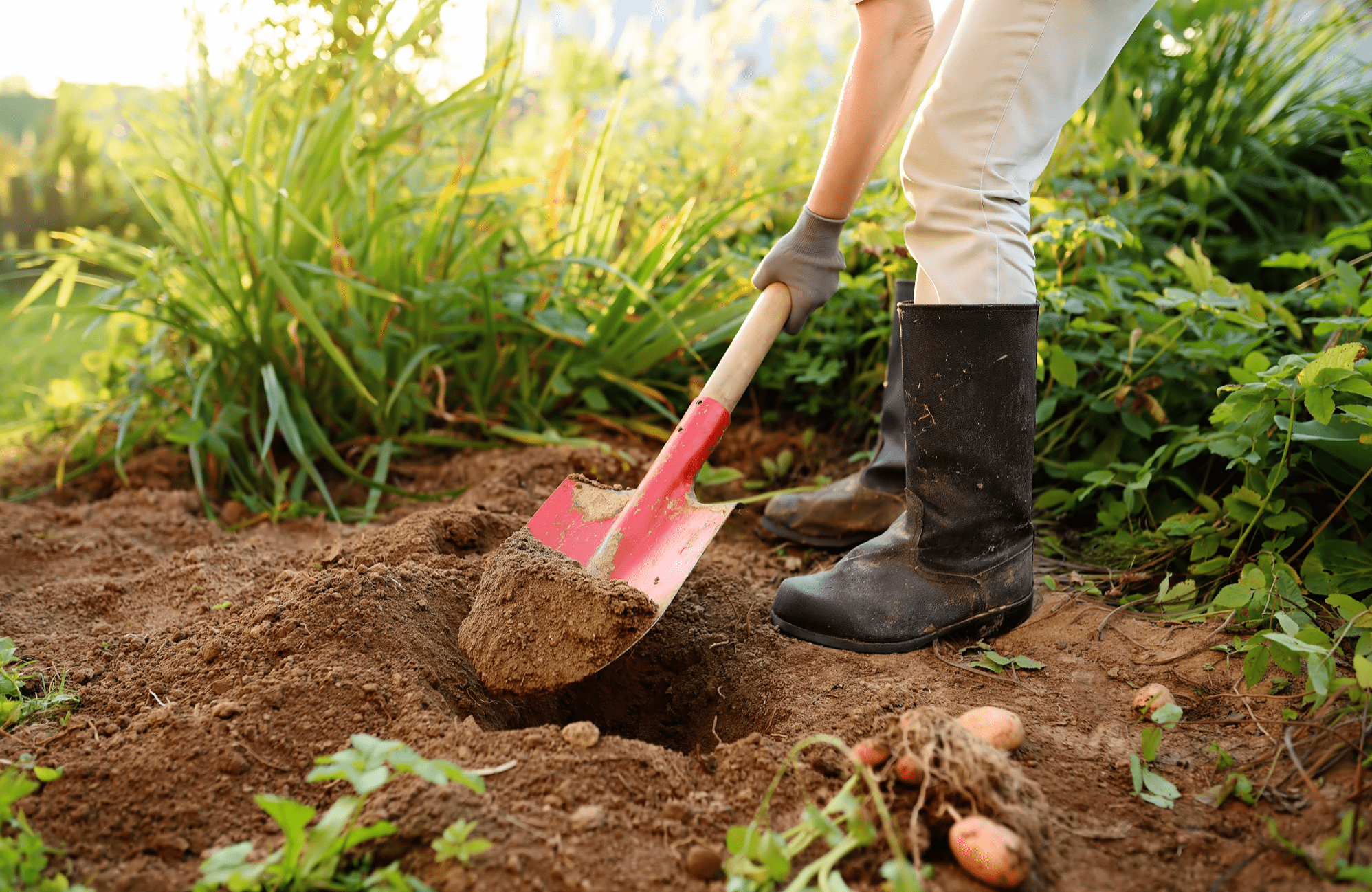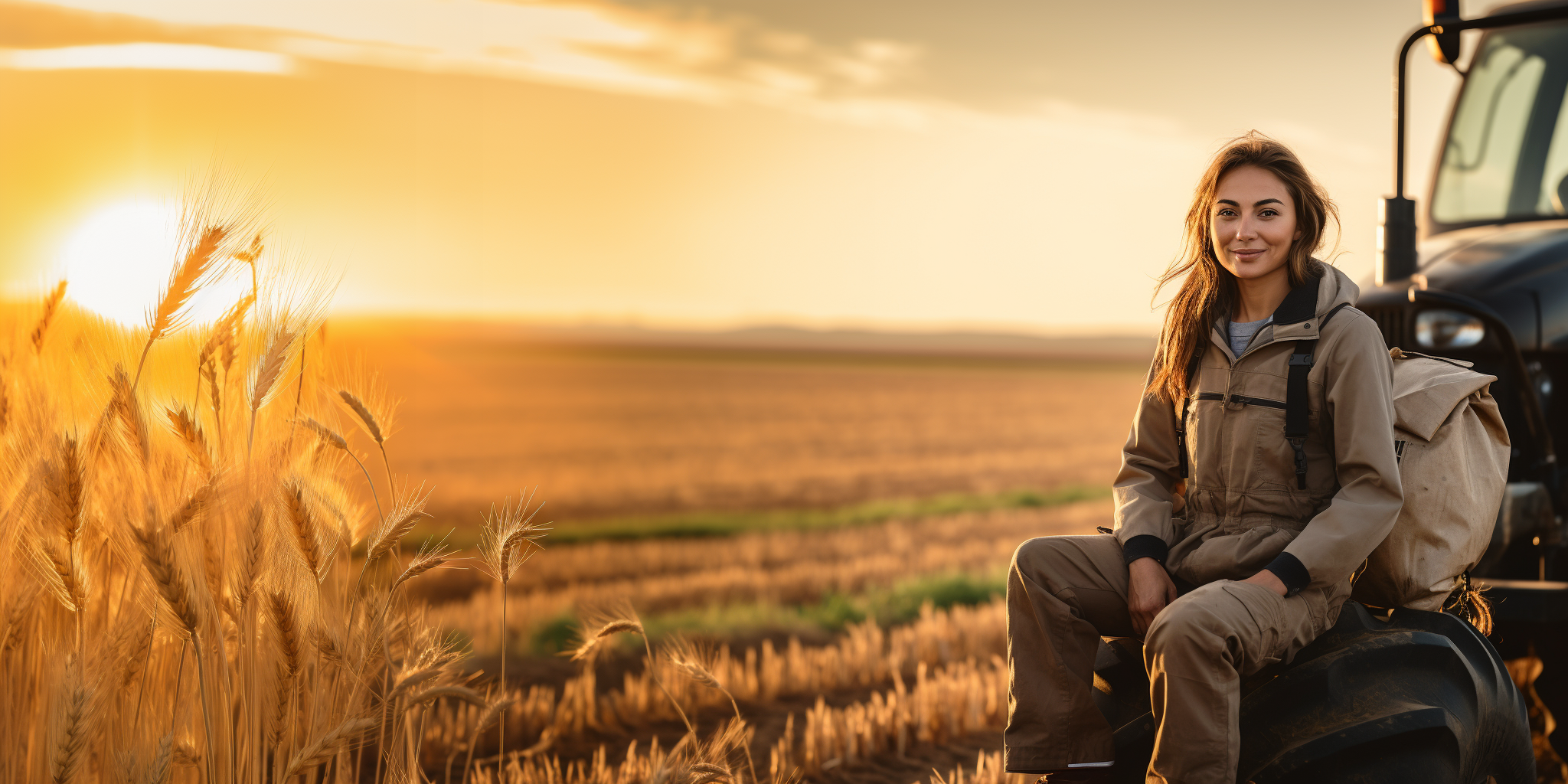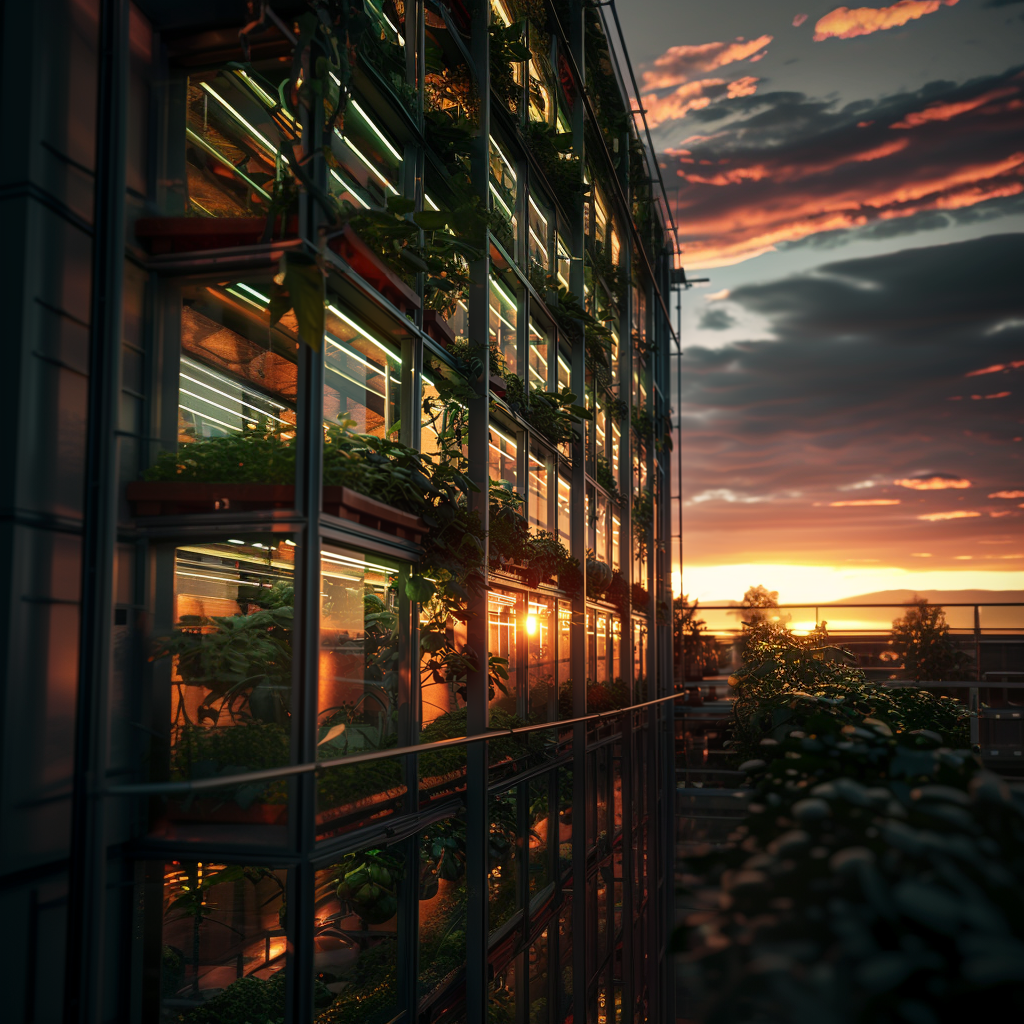- Home
- Following the Soil
- What to Plant as Winter Approaches?
What to Plant as Winter Approaches?

These days, farmers are busy finishing the harvest in the fields and putting an end to the care and preparation for winter fruit and vegetables. For both farmers and those who want to get yield from their gardens, this is the time to plant something in the soil. So, which vegetables and fruits are the most suitable for this season? We have included some recommendations for you in this article so that you can get results as soon as possible.
Cabbage
Let's start with cabbage, a popular vegetable on the winter table... You can first germinate cabbage seeds in pots, and when the plants are over 10 centimeters tall, you can plant the seedlings in your weed-free garden. Choose a cool and calm weather for planting: Too much sun can cause drying out, while strong winds can cause the seedlings to shake. Make sure there are 40-70 centimeters between seedlings and 60-90 centimeters between rows of seedlings. If the spacing is narrow, the cabbages will be smaller. When planting, about two-thirds of the seedling should be under the soil. After planting, it is useful to reduce watering as your cabbage plants grow and develop. Overwatering can cause the cabbage to grow too fast and cause head splits.
Carrot
If you want to start growing your own vegetables, carrots are a very encouraging option as they are quicker than most vegetables. They are also very easy to care for and grow. So let's get started: Before planting carrot seedlings in your garden, check the suitability of your soil and supplement with peat and organic fertilizers, if necessary. Leave gaps of 5-10 centimeters between seedlings and 25-35 centimeters between rows. After planting, cover with soil, but not too thickly, and water by fogging. When the seedlings start to grow, you can remove the weak and excess plants and thin them out. If everything goes well, it is possible to see the carrots you planted with your hands on your table 50-100 days after planting.
Pepper
When the pepper seeds that you can germinate in a pot become seedlings and grow a little, roll up your sleeves to plant them in your garden. A cool and windless weather will be suitable for the peppers that you will plant by leaving a space of 30-40 centimeters between seedlings and 45-74 centimeters between rows. You can water the peppers regularly until they are satisfied with daylight. After you start picking the peppers, it is good to reduce the amount of watering. The trick is to avoid getting water on the leaves and stems. Hoeing and aerating the soil once in a while will also help protect the peppers from weeds. As you harvest the peppers, you will make room for new peppers.
Apple Tree
Whether you sprout it at home before planting or buy a ready-made sapling, if you want to grow an apple tree in your garden, you need to start preparing. Having strong and competent soil is crucial to getting good yields from an apple tree. The first thing you need to do is dig a hole one meter deep from the soil's surface. Then, add a mixture of fertilizer and compost to the part of the hole where the roots will make contact to support root development. Now you are ready to plant the sapling. Even if the soil depth is not one meter, it is essential that the ten centimeters between the root and the trunk are completely covered with soil. Don't forget to support the sapling with a stake that you will drive into the ground and tie with a string to keep it strong and steady. After planting, give the sapling some water and leave it to grow with good care.
Pistachio
To sprout pistachios in a pot and then plant them in your garden, you first need to find naturally and freshly harvested pistachios. Since pistachios need to be processed within 20 hours of harvest, it is better to look for seeds on-site. Select ten seeds: Remember, even if everything goes well, only half or perhaps even fewer of these seeds will sprout. Carefully crack the shells and remove the seeds, then place them in a wet towel, put it in a plastic bag, and leave it at room temperature on a sunny windowsill. Check weekly and add a little water if necessary. Within a month, plant the sprouted seeds in a pot filled with a special soil mixture containing river sand and compost, burying them three centimeters deep. When the seedlings reach 15 centimeters, you can transfer them to a larger pot or plant them in your garden with a support stick.
Special Solutions from İGSAŞ
The most important tip you need to know about growing your own products is to have the soil you will use for planting analyzed. The prescription you get from the analysis will determine the most suitable fertilization method for you. İGSAŞ offers different types of fertilizers suitable for various fertilization methods for the fruits and vegetables you will plant in your garden or large area. These methods include broadcast fertilization, band (strip) fertilization, top and side-row fertilization, foliar spraying, and fertigation (fertilization with irrigation water). After the soil analysis, choosing the appropriate method and obtaining balanced fertilizer at the right time will help you get the best yield from your products. İGSAŞ's fertilization solutions include well-rotted farmyard manure, powdered sulfur, leonardite, urea, Combi micro-nutrient solution, potassium sulfate, magnesium sulfate, humic acid, iron sulfate, zinc sulfate, boramine, and nitric acid. The types and quantities of fertilizers vary depending on both the product and the size of the area where you will plant the product.

